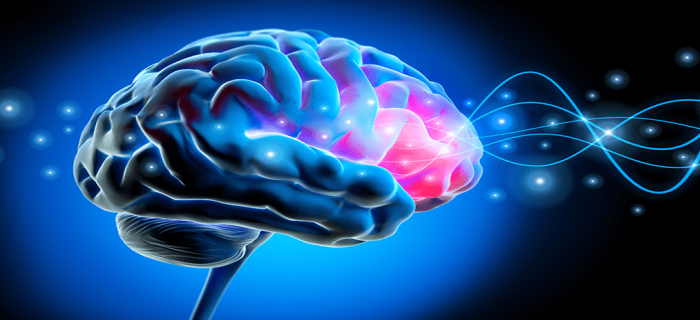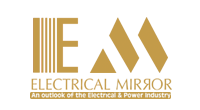
Electrical brain stimulation may prevent damage from stroke.
28 Jun 2023
Could an electrical zap to the brain limit the damage a stroke inflicts?Yes, claims a small new study that found this noninvasive procedure increased blood flow to the areas around the clot that caused the stroke, thus protecting them from further damage."This treatment can be efficiently applied in the emergency setting. It was well tolerated and shows really promising signs of rescuing brain tissue affected by the stroke," said lead researcher Dr. Mersedeh Bahr-Hosseini, a vascular neurologist at UCLA Health in Los Angeles."Hopefully, in the not too far future, we will be able to further test the safety and effectiveness of this treatment," she said.
Bahr-Hosseini said the treatment works by boosting blood flow in the brain."We think it's not just the brain tissue or brain nerve cells that respond to electrical currents. Blood vessels also respond to the electrical current, usually in the form of vessel dilation," she said. By expanding the size of the blood vessels in the brain, more blood flows into the brain and protects blood vessels from damage, thus preventing more damage from the stroke.
Bahr-Hosseini said that electric stimulation might also protect brain tissue by stopping the extra nerve activity in brain cells as they react to the brain being under attack.
Moreover, increasing blood flow and expanding blood vessels may also help to dissolve the clot that caused the stroke, she added.Electric brain stimulation has been used to treat psychiatric disorders such as depression, Bahr-Hosseini said.She noted that many patients are not eligible for the two common treatments available for ischemic stroke, namely clot-busting drugs and a device that reaches into the blood vessels and pulls out clots. Among patients who are eligible for those treatments, about 20% to 30% end up with disabilities months after their stroke, Bahr-Hosseini noted.
Brain stimulation is only appropriate for ischemic strokes, caused by blood clots in the brain's blood vessels, not strokes caused by bleeding in the brain, called hemorrhagic strokes.
For the study, Bahr-Hosseini and her team randomly assigned seven stroke patients to electrical brain stimulation and three to phony stimulation. All 10 patients were treated within 24 hours of the onset of their stroke and were ineligible for other therapies.The treatment involves placing electrodes on the scalp and directing a small electric current to the area of the brain affected by the stroke.
The researchers found among patients receiving the stimulation, a median of 66% of the penumbra -- the brain tissue surrounding the core of the stroke -- was saved from damage, compared with 0% among those given the phony treatment.In addition, brain scans showed that the greater the stimulation, the better the blood flow, while patients who didn't get the real stimulation experienced a decrease in blood flow, Bahr-Hosseini said. She said this finding might prove that the treatment has a true biological effect.The researchers hope to expand their study by treating more patients to prove that the treatment works. Their hope is that eventually, it will become a standard therapy used along with other treatments.


 (1).gif)
leave your comment